Key points of planting techniques of potted vegetables
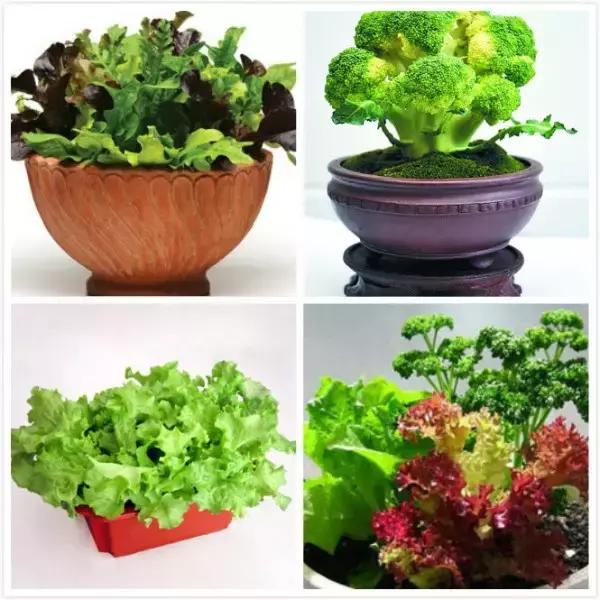
With the development of science and technology, the development of agriculture has followed, and various forms of development models have emerged. in the past decade, a new type of tourism has developed rapidly, such as potted vegetables are slowly entering the public view and becoming popular.
Potted vegetables can be put on the balcony or indoor or courtyard, bright color, not only have ornamental value to beautify the environment, but also can purify the environment, the important thing is that they can also be eaten, their own plants not only enjoy the joy of harvest, but also clean and hygienic, eat at ease.
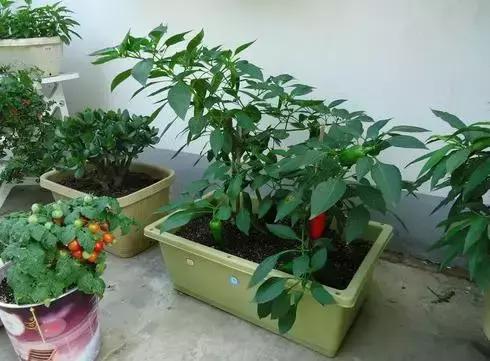
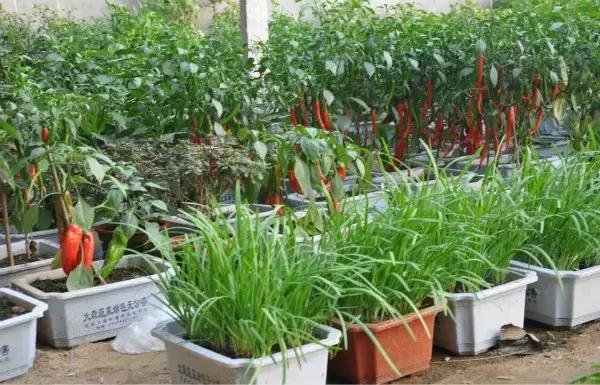
According to the editor, now many high-end restaurants use potted vegetables as raw materials, and most restaurants buy potted organic vegetables, which not only decorate the restaurant, but also ensure the freshness of the ingredients, so as to attract customers to eat. It is believed that more restaurants will use this way to buy ingredients in the future, and the market prospect should be good.
The following editor mainly summarizes the key points of planting techniques of potted vegetables.
1. Flowerpot selection: according to the characteristics of vegetables, select sufficient flowerpots for root development, such as melons and fruits with well-developed roots, need large flowerpots, and eggplant fruits can choose smaller flowerpots.
2. Sowing date: arrange the sowing and planting date according to the growth period and consumer demand, so that the planted varieties can be sold in holidays and tourist seasons.

3. Environmental management: fruits and leafy vegetables require different temperature and humidity, which should be planted separately and managed according to different temperature, humidity and light.
4. frame pruning: vegetables are required not only to grow well, but also to be beautiful and artistic, dwarf crops should be pruned in time to remove yellow leaves, and tomatoes, melons and fruits should be built into frames of various shapes with bamboo or steel bar. to make it climb and grow. It is necessary to carry out thinning and vine management, get rid of lateral branches, and remove the top to a certain extent, so as to inhibit vegetative growth, reduce nutrient consumption and promote results.
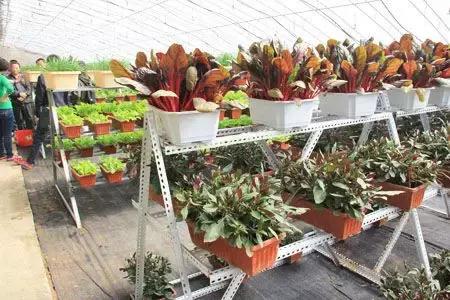
5. Fertilizer and water management: using tasteless organic fertilizer, timely watering and water control, so that its root system is developed, the growth is strong, and the result is good. To ensure the supply of fertilizer and water, potted vegetables have limited nutrition, and fertilizer and water must be poured frequently.
- Prev
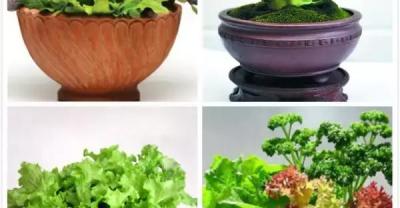
Technical requirements for standardized cultivation of Sophora tonkinensis
Technical requirements for standardized cultivation of Sophora tonkinensis L. Basic requirements for environmental conditions of origin 1. The first factory shall comply with GB/T 18407.1. 2 Growing environment 2...
- Next

Some basic knowledge of planting balsam pear in rural areas
When I was a child, almost every family planted balsam pear, but now it is less. To grow balsam pear in rural areas, you need to know the following knowledge first. Balsam pear likes temperature, heat resistance is not.
Related
- Fuxing push coffee new agricultural production and marketing class: lack of small-scale processing plants
- Jujube rice field leisure farm deep ploughing Yilan for five years to create a space for organic food and play
- Nongyu Farm-A trial of organic papaya for brave women with advanced technology
- Four points for attention in the prevention and control of diseases and insect pests of edible fungi
- How to add nutrient solution to Edible Fungi
- Is there any good way to control edible fungus mites?
- Open Inoculation Technology of Edible Fungi
- Is there any clever way to use fertilizer for edible fungus in winter?
- What agents are used to kill the pathogens of edible fungi in the mushroom shed?
- Rapid drying of Edible Fungi

